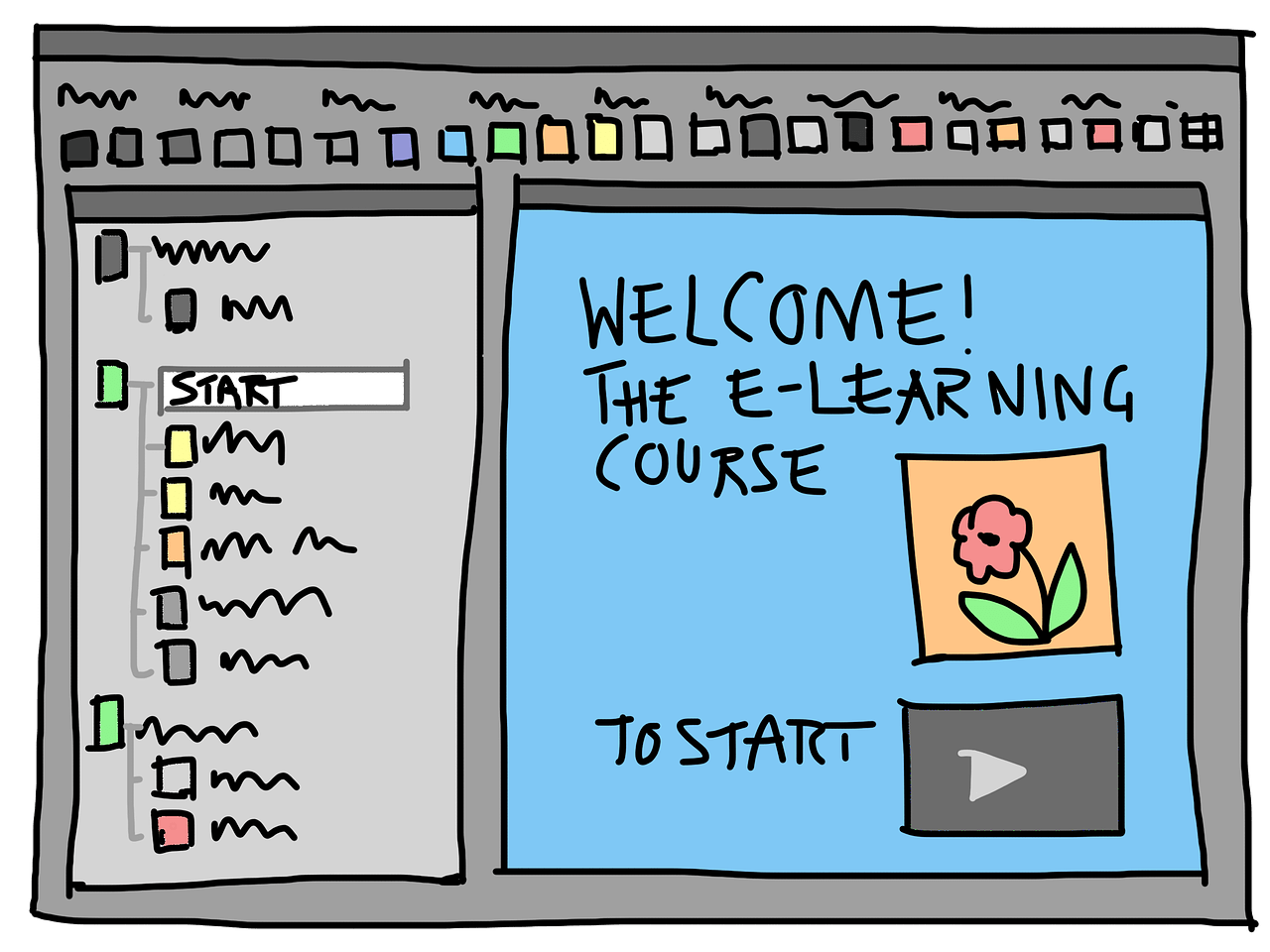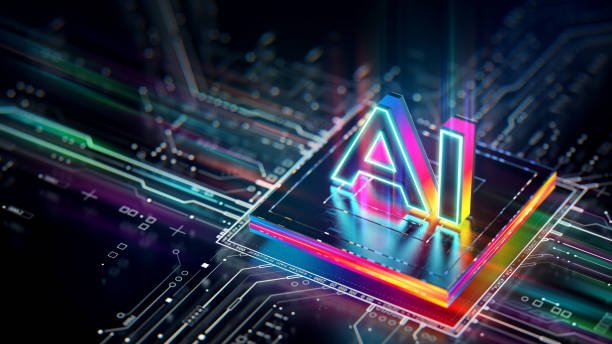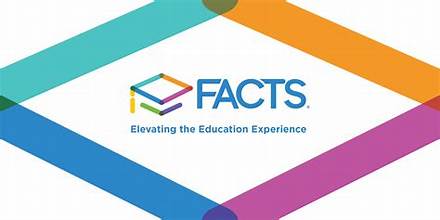Modern LMS: A Leveler In Corporate Training From Traditional LMS

Modern learning and development would be incomplete without an LMS. It is the gateway to providing a personalized learning experience for learners. Read on to learn more about its history, the limitations of the old LMS, and why the new generation LMS has an edge over the traditional LMS.
Modern corporate training and development would be incomplete without a “LMS” learning management system. It has come a long way from simply being a technology to becoming a platform that caters to diverse learning needs and provides a personalized learning path for learners around the world.
That’s not all. The new generation LMS comes with a number of features that make it a favorite of training managers. What are these advanced features? Is the modern LMS worth the hype? How can it beat traditional LMS?
For those who are new to the world of Online Learning, a learning management system or LMS is software that helps store, distribute, and manage digital learning content. This is a repository of all your study materials that learners can access at any time.
Using an LMS, you can also manage training processes such as user registration and course assignment. The platform also automates tasks such as grading assessments, tracking and reporting learners’ progress, and awarding certificates. Sounds great doesn’t it? Let’s take a look at the evolution of LMS.
Read: Top Best LMS Website Designs
The Development of LMS: Where did it all start?
First developed by Sidney L. Pressey in the 1920s, this primitive typewriter-like teaching machine offers plenty of practice exercises and multiple choice questions. Learners must discover saved answers and learners can only continue if their answer to the previous question is correct, a feature that modern LMS still uses.
After continuous advancements over the years, it was not until 2000, the first open source LMS, Moodle (Modular Object-Oriented Dynamic Learning Environment), was introduced and made personalized learning a reality. should be possible by allowing learners to choose the content of their choice.
Then, SCORM (Shareable Content Object Reference Model) was introduced in 2004, followed by Experiential API or xAPI, an eLearning specification in 2010.
What is a Traditional LMS?
A traditional LMS, often referred to as an “on-premises” or “self-hosted” LMS, is a software system that is installed and maintained on a local server or within an organization’s IT infrastructure. Unlike a cloud-based LMS, a traditional LMS is typically hosted on an organization’s servers, providing complete control over data and system configuration.
Features of Traditional LMS
Self-hosted:
Traditional LMS requires organizations to have their own servers and IT infrastructure to host software. This ensures complete control over data privacy and security.
Custom:
Traditional LMSs are highly customizable to meet specific organizational needs. You can tailor your system’s features, design, and functionality to fit your unique needs.
Data control:
With data stored on your premises, you have direct control over your data and user privacy, which can be crucial for organizations with strict compliance requirements.
Offline access:
Traditional LMSs can operate in environments with limited or no internet connectivity, making them suitable for organizations with remote or geographically dispersed learners.
Advantages of Traditional LMS
Protect:
Hosting an on-premises LMS allows you to maintain full control over your data, reducing the risk of data breaches, and ensuring compliance with industry-specific regulations.
Custom:
Traditional LMS offers a wide range of customization options, allowing you to create a learning experience tailored for your audience.
Ability of extension:
Organizations can scale their traditional LMS as needed without relying on external cloud service providers, which can be productive in the long run.
Offline learning:
In situations where Internet access is limited or unreliable, a traditional LMS enables offline learning, ensuring learners can access content regardless of location.
Integration:
Traditional LMS can be seamlessly integrated with other internal systems, such as HR software, creating a unified ecosystem for training and development. Notes when choosing a traditional LMS
Value:
While traditional LMSs offer control and customization, they often incur higher upfront costs for hardware licensing, software, and IT maintenance.
IT resources:
Maintaining an on-premises LMS requires highly skilled IT staff to handle server management, updates, and technical support.
Ability of extension:
Assess your organization’s future growth and expansion needs. Make sure the traditional LMS you choose can accommodate the expansion without significant disruption.
Security and compliance:
If data security and regulatory compliance are paramount, a traditional LMS can provide the level of control needed to meet these requirements. A traditional LMS, which emphasizes control, customization, and security, remains a viable option for organizations looking to effectively manage their training and education programs. While cloud-based LMS is growing in popularity due to its flexibility and ease of use, traditional LMS is still the right choice for those who are looking for a robust, bespoke solution that perfectly fits their needs. their own needs.
Ultimately, the decision between a traditional LMS and a cloud-based system should be based on your organization’s specific long-term goals, resources, and strategy. Both options have merits and choosing the right one will depend on your priorities and the unique requirements of learners and stakeholders.
Limitations of Traditional LMS
You need to think about the need for continuous improvement of LMS releases. Well, traditional LMS has never been easier for trainers or learners and has many limitations.
Let’s take a look at the various challenges associated with the old LMS:
Mobile compatibility – Traditional LMSs are not accessible on mobile devices and access to training content is limited to desktop computers.
Customization – Legacy LMS does not provide the ability to make small changes related to user interface (UI) changes or create learning environments with custom branding to enable organizations to express their brand values. their mark.
Usability – A traditional LMS has a complex user interface because the focus is on improving the technical aspects of the platform rather than making it user-friendly. Post-implementation support is limited to non-existent, and resolving issues is time-consuming. Administration – Older LMSs lack administrative features.
It is difficult for LMS administrators to enable mass user enrollment, assign courses to multiple groups of learners, coordinate with instructors and other LMS administrators, or assist learners with technical issues. Another big problem is limited access to reports and analytics.
Data security – Legacy LMSs are susceptible to serious security issues, such as data encryption, advanced password authentication, and secure registrations such as single sign-on (SSO), making accounts corporate assets at risk and increased opportunities for data mining.
How Modern LMS take Advantage of Traditional LMS
We’ve just read that traditional LMS has many drawbacks and needs to change to deliver a powerful new age LMS that can meet the rapidly changing learning needs of the modern workplace.
Modern LMSs are packed with great features. See how these features benefit learners, training managers, and LMS administrators.
1. Give learners a smooth learning experience
Modern LMS is learner-centered and makes learning an “event” for learners. It ensures a seamless learning experience for learners as it provides:
Simple and easy navigation:
It sounds simple and basic, but usability is an important parameter for a learning platform. Modern LMS offers a user-friendly interface and simple, easy navigation. Modern LMSs are extremely organized and finding the course of your choice is just a few clicks away. With older LMSs, this did not happen.
Custom dashboard:
Image is important. Modern LMS has a visually appealing interface that captures the attention of learners. They allow easy customization of the interface to match the company brand and add learner names, providing a personalized learning experience for learners and allowing them to better connect.
A modern dashboard shows course completion status in color coding and highlights upcoming training programs with due dates. Your learners can add widgets of their choice (calendar or achievements) and organize courses by different parameters. Access to training and certification history allows learners to track their learning and motivate them to continue learning.
Modern LMSs also feature game consoles to create a sense of healthy competition among learners. Your LMS can be programmed to unlock badges based on scores or after completing a module or an entire course. Leaderboards showing top performers can also be configured to motivate learners to perform well and build a culture of learning within organizations.
Mobile accessibility:
Mobile accessibility is another feature that makes modern LMS the most sought after platform for providing training in the modern corporate L&D space. Modern learners don’t want to be limited to computers and specific time periods for training. They love it on the go. The new generation of LMS gives learners the freedom to learn at their own pace, as they can access training at their convenience and on the device of their choice. Learning without disrupting the workflow is appreciated by modern learners, and organizations also benefit because employees don’t have to take a long time off work and overall productivity is not hindered.
2. Make sure admins use LMS optimally
Life wasn’t easy for an LMS administrator with older LMSs. They must be involved in the necessary work, from routine jobs to advanced jobs, to ensure a smooth training process. Fortunately, the modern LMS has proven to be a savior. Thanks to them, these tasks can be automated or performed easily. The new generation of LMS allows administrators to:
- Create multiple user groups and easily grant access. Streamline training plans for different groups of learners.
- Automate course assignments and notify learners based on training requirements.
- Create custom reports to measure learner progress in visual formats like pie charts and bar charts.
- Leverage tracking data and statistics to provide valuable insights to design personalized learning paths for learners.
- Delete neglected and old courses to frequently tidy the LMS. Easily integrate with external payment channels and other platforms using single sign-on (SSO).
3. Facilitate the simplification of learning design, delivery, and management for training managers
Quality training content is not the only prerequisite for a successful training program. Your training manager needs a platform that helps them deliver and manage training, and provide a seamless learning experience for learners. Modern LMS can do this. It allows your training manager to:
- Share supplemental learning materials, create and grade assessments. Easily organize virtual training sessions.
- Focus on providing training instead of worrying about course format, as most modern LMSs are compatible with eLearning standards such as AICC, SCORM, and xAPI.
- Leverage the power of learning analytics to track student progress and recalibrate learning paths based on performance.
- Plan learning strategies that work best for learners as the new age LMS can keep up with courses designed using modern learning strategies such as mobile learning, gamification, drama copies and simulations.
Conclusion
Old LMS is a nightmare for learners, administrators and training managers due to outdated features that do not support modern forms of learning. Through the new generation LMS provides a comprehensive platform to facilitate top-notch training for learners and help build a future-ready workforce. I hope this article has helped you by providing valuable information about the features of modern LMS.
However, choosing the perfect LMS for your workplace training needs is certainly not an easy task. One must plan carefully and weigh the various pros and cons before choosing the right LMS. Why wait when the decorations are ready? Start by finding the right LMS and deliver a great learning experience for your learners.







